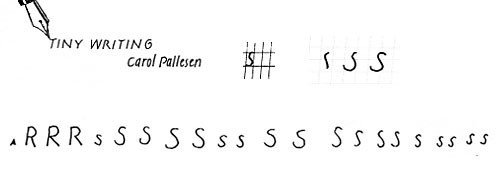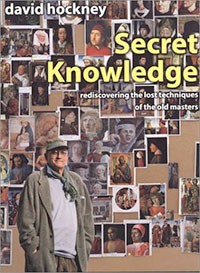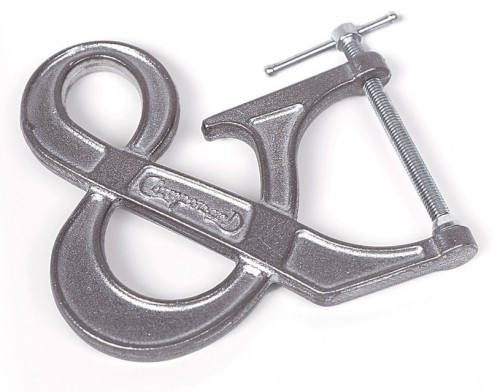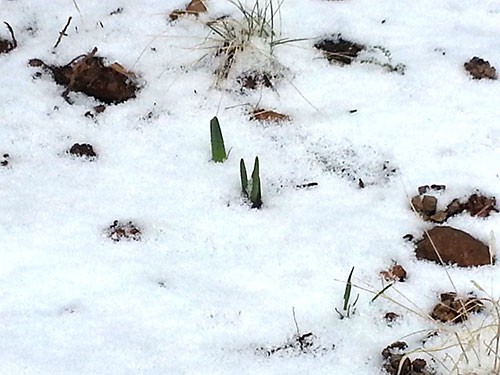After I posted about my experiences in Carol Pallesen’s tiny writing class, Karen wrote and asked why I thought making an “S” was so hard. Simply, it’s the curves. As I’ve practiced over the last week, the letters that are hardest (aside from s) are o and e. Carol suggested we write these in 2 strokes, starting at 11 o’clock, drawing the left side of the curve, lifting the pen and drawing the right side. For someone who always starts at the top of the letter or at 1 o’clock, this has been a hard habit to break. And remembering to write the letter as 2 strokes seems to be impossible.
![]() Below I’ve shown Carol’s lovely handwriting, followed by her ‘s’ example. Carol suggested we draw the s with 3 strokes (at the right is my attempt to show the 3 stroke progression). Below that is one of my practice lines, where I find the second stroke to be the hardest. Karen also asked about the slanted-ness of the letters. Here is a PDF of my practice paper (it has a very light grid to help me keep the lines straight and letters slanted the proper amount). I’m learning that a 5% slant is really not very much.
Below I’ve shown Carol’s lovely handwriting, followed by her ‘s’ example. Carol suggested we draw the s with 3 strokes (at the right is my attempt to show the 3 stroke progression). Below that is one of my practice lines, where I find the second stroke to be the hardest. Karen also asked about the slanted-ness of the letters. Here is a PDF of my practice paper (it has a very light grid to help me keep the lines straight and letters slanted the proper amount). I’m learning that a 5% slant is really not very much.






